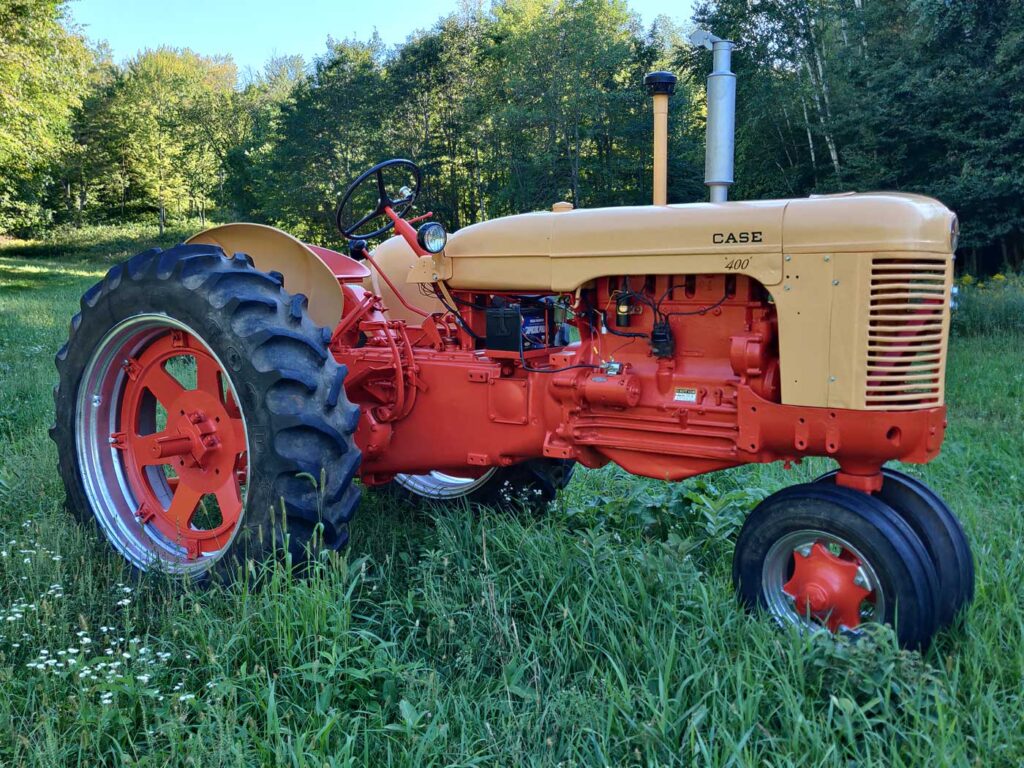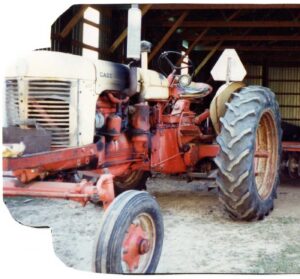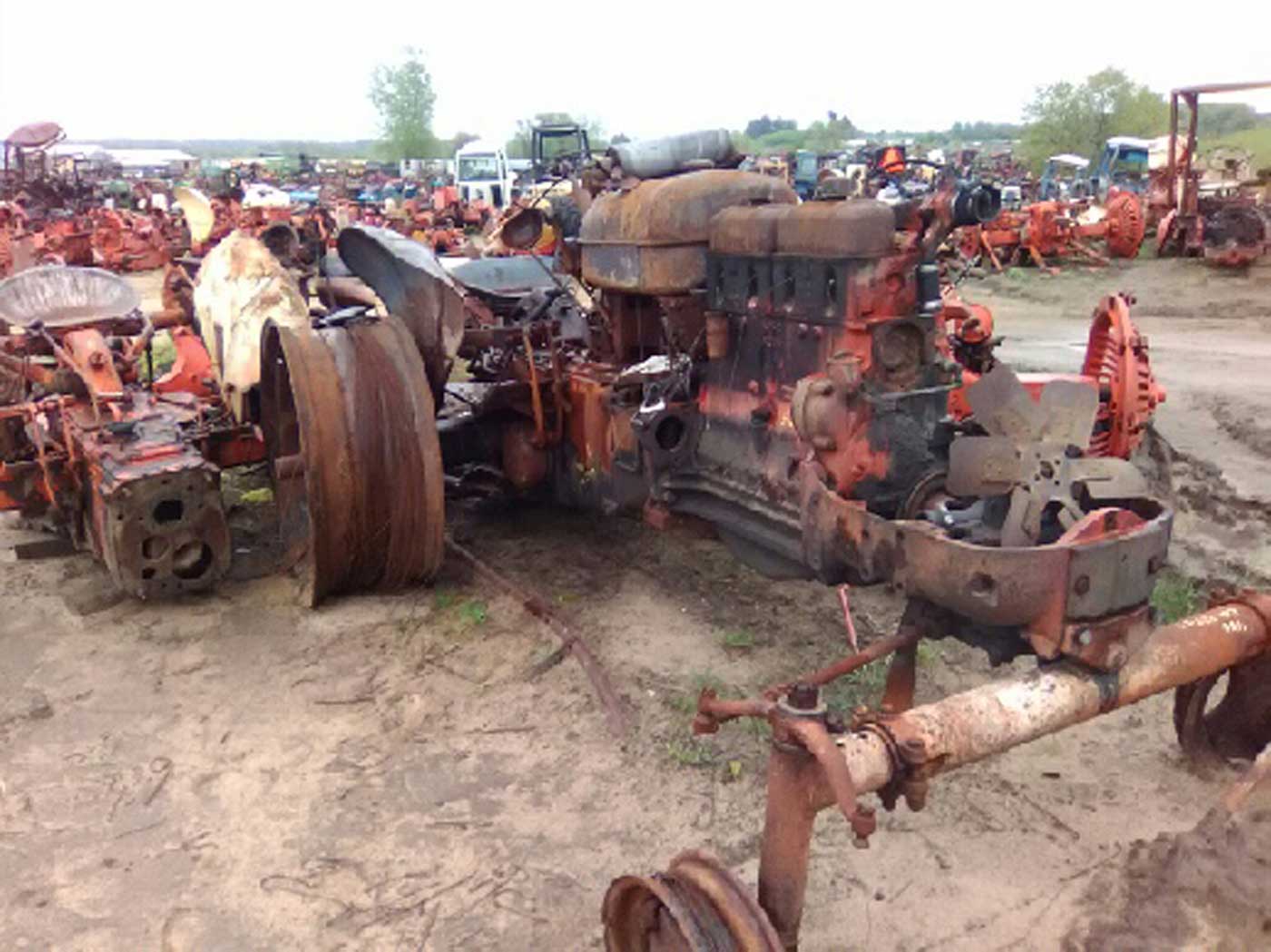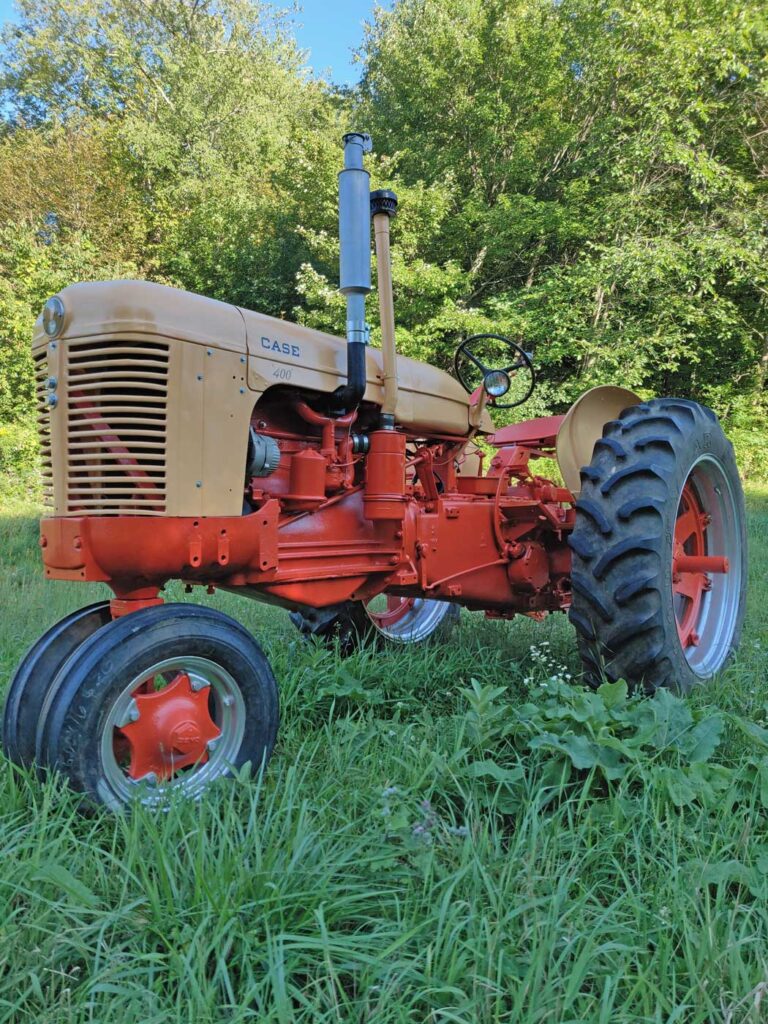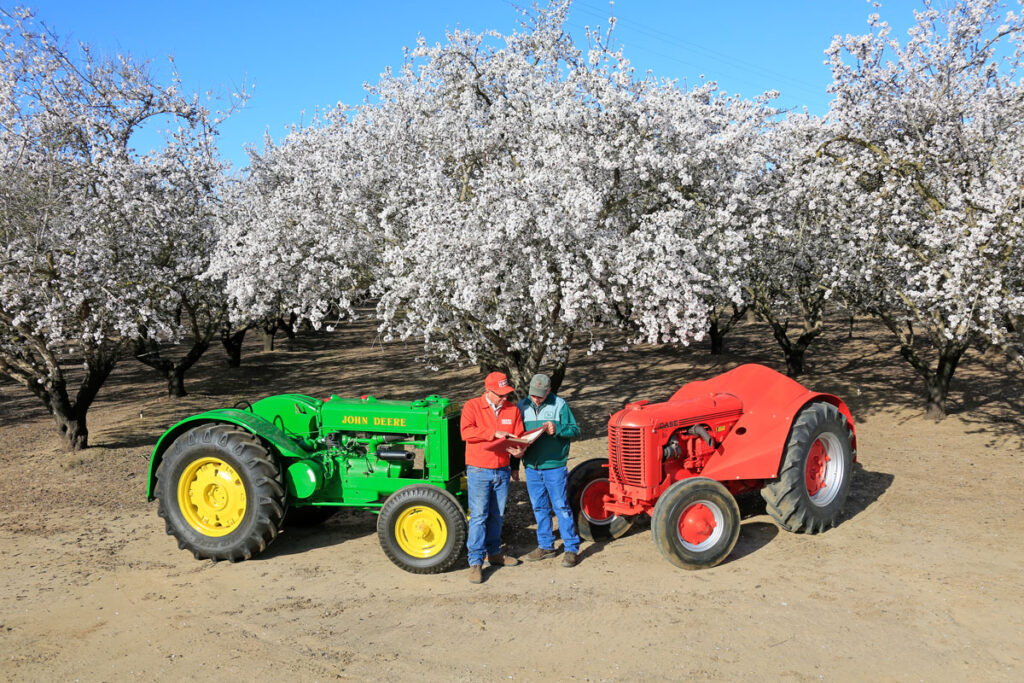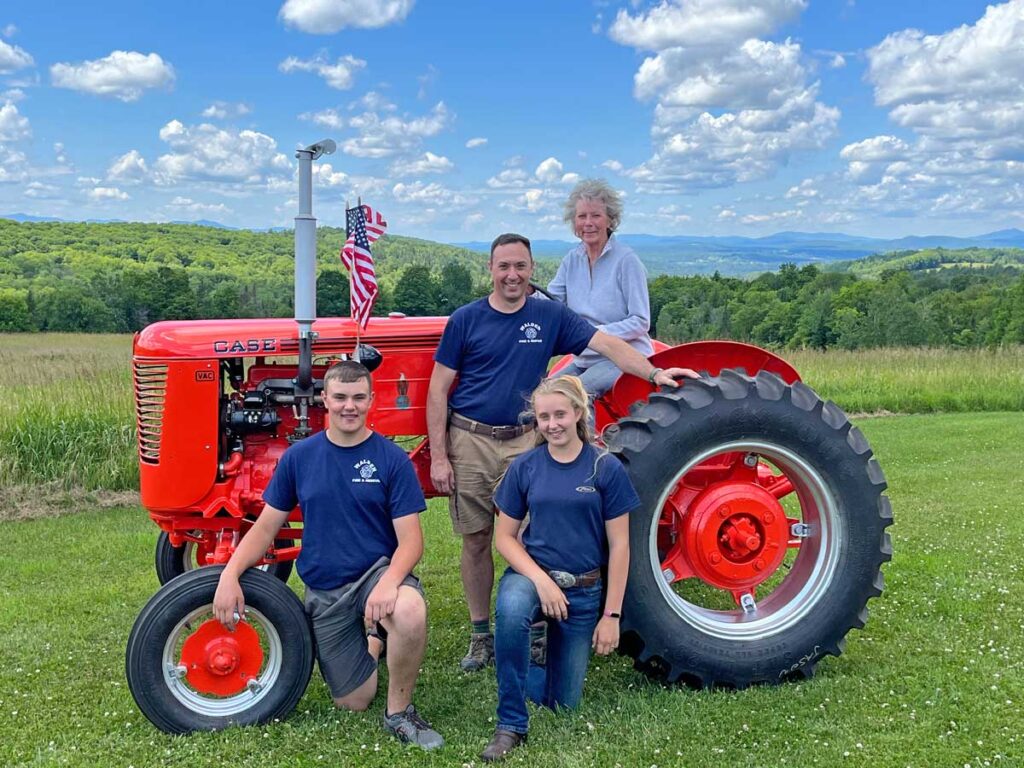STP tractor calendar with full size tractor images and monthly coupons!
Get our 2024 calendar for only .24¢ with any retail order.
Coupon code CALENDAR24
No order minimum, one per order, while supplies last.
Purchase additional calendars for $7.99 each at MIS112
